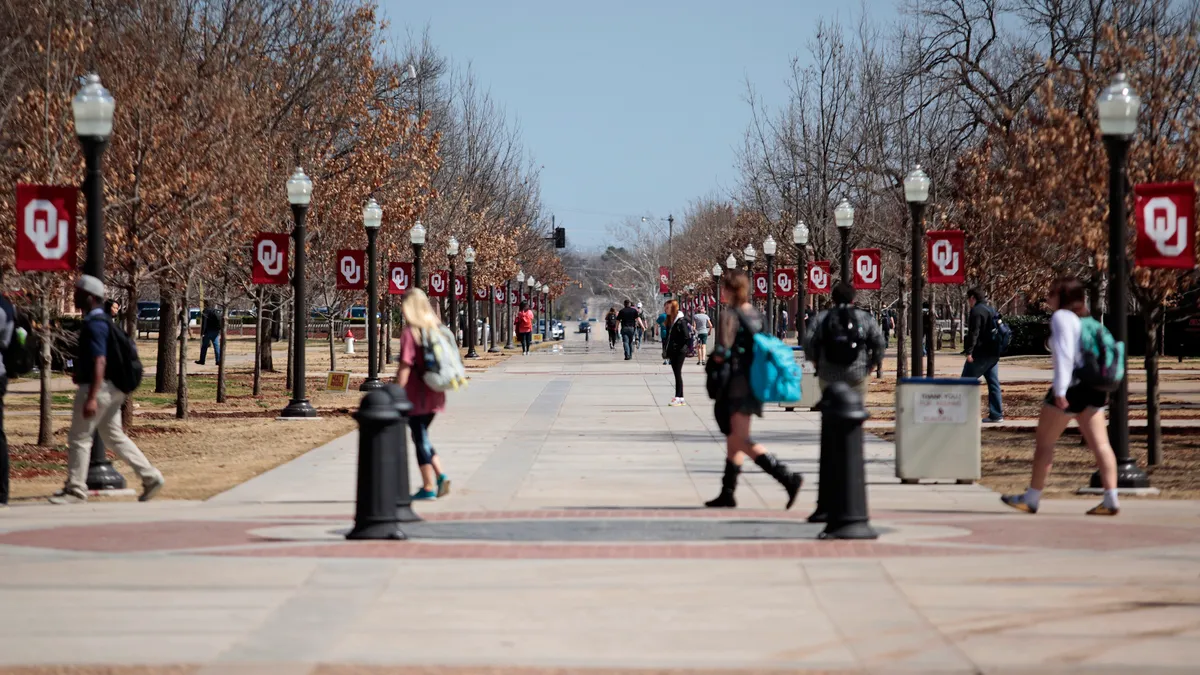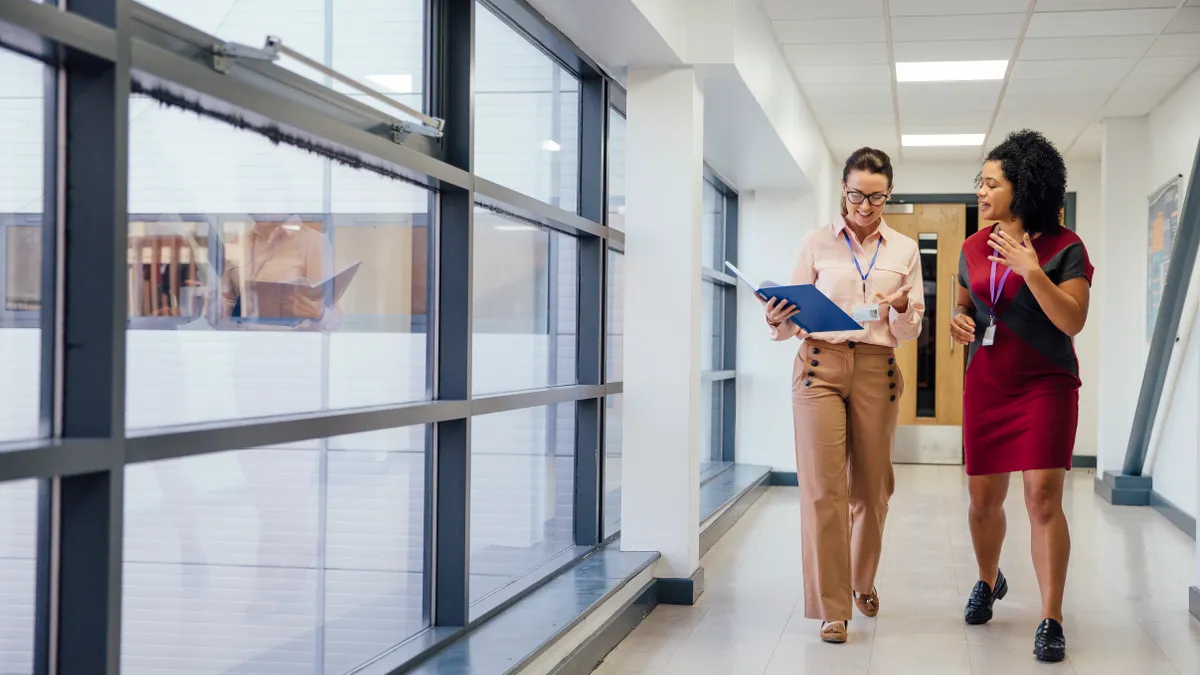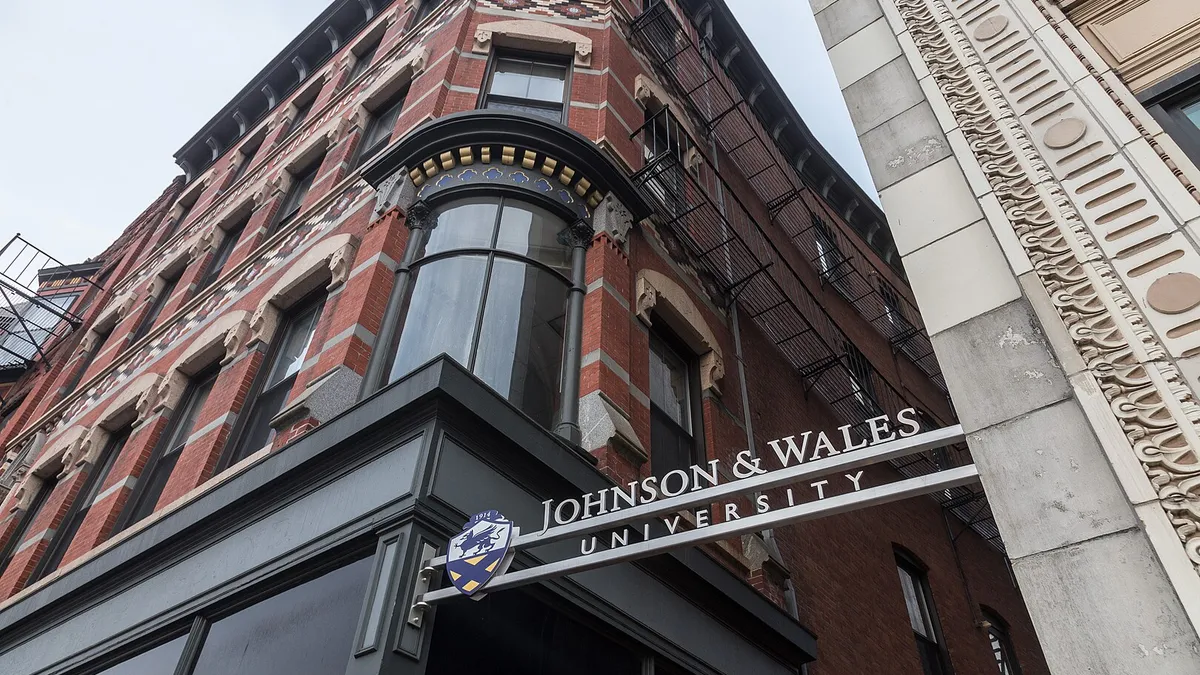Eileen Strempel is the inaugural dean of the Herb Albert School of Music and a professor of education at the University of California, Los Angeles. Stephen Handel is the director of strategy for postsecondary education transformation at ECMC Foundation and was formerly associate vice president of undergraduate admissions at the University of California.
Last year was one to forget for higher education — and 2024 has not started brightly either.
We witnessed a catastrophic drop in the American public’s confidence in higher education. Prospective students are increasingly skeptical of devoting time and money to a college credential, any credential.
At least 16 states dropped the bachelor’s degree as a requirement for many state jobs. More than 40 million Americans have some college credit but no degree. At least 14 nonprofit colleges closed in 2023, and intervention on campuses by public officials, especially around diversity, equity and inclusion, is ongoing.
The nadir was the congressional skewering of three presidents over their handling of campus activities associated with the Israel-Hamas war. The fallout from that hearing ushered in 2024 with the resignation of Harvard President Claudine Gay on Jan. 2.
Happy belated New Year.
As bad as things were — are — we believe that our beleaguered colleagues should take comfort in what went right in 2023. As we enter the new year, we note 24 of higher education’s authentic accomplishments for which the sector can be justly proud.
1. Fall undergraduate student enrollment is up 1.2% year over year, and these enrollment gains were led by students of color, with an increase of 3.6% of Hispanic students and a 4% increase in the numbers of Asian students.
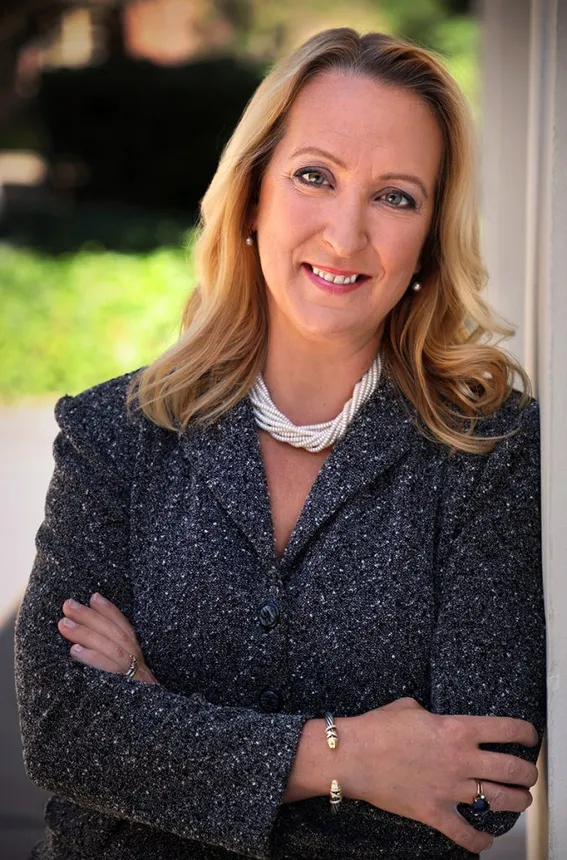
2. New international student enrollment saw a dramatic year-over-year increase of 14% in the 2022-23 academic year, nearing pre-pandemic levels and led by a 35% increase in students from India.
3. Dual enrollment is growing: one out of every five community college students is a dually enrolled high school student. These pathways expand equitable educational pathways and provide a jumpstart for students interested in pursuing postsecondary credentials.
4. Completion rates remained mostly flat (after a worldwide pandemic, that’s a good thing), and are at 62.2% for the fall 2017 cohort. A further bright light is that completion rates have increased for older students, although they still do not graduate at the higher rate of their traditional-aged peers.
5. Student debt declined on average, a trend true since 2010. Unfortunately, student debt continues to grow for Black students and those at for-profit institutions.
6. Completion gaps for underserved students can be eliminated: Georgia has eliminated completion gaps between Hispanic students and White non-Hispanic students pursuing their associate degrees.
7. Funding for public higher education reached its highest level since the Great Recession. This increased investment continues a steady upward trajectory over the last 10 years, conveying the underlying understanding that an educated workforce is best for American democracy.
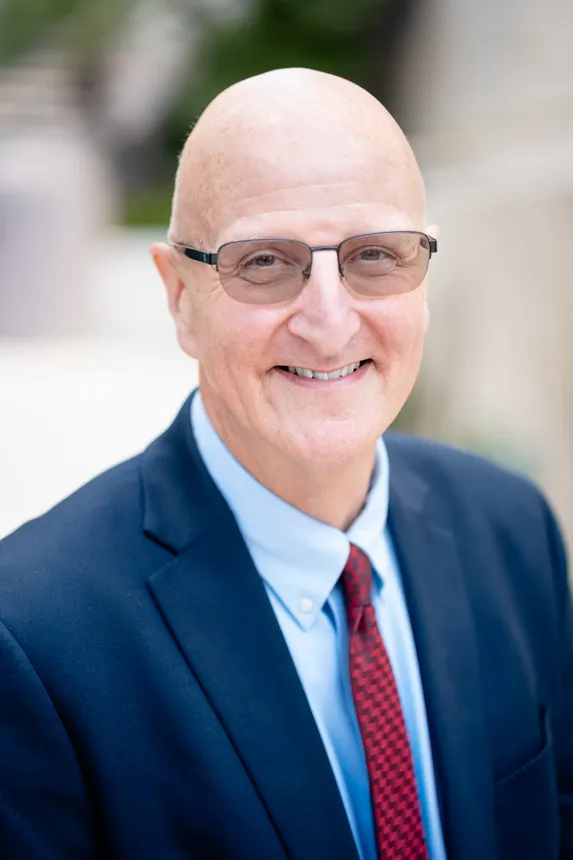
8. There is a greater recognition of the needs of student parents, with research linking higher education access to the availability of Head Start programs and affordable daycare. With more than one-fifth of our nation’s students simultaneously balancing parenthood, this is a potential wellspring for enrollment-strapped institutions that are willing to serve the needs of students and their children.
9. Colleges continue to address student basic needs, including housing insecurity, food insecurity and mental health needs. Notable efforts include State University of New York’s program to combat food insecurity, investments in student mental health resources, and the creation of housing liaison positions.
10. The free college movement is expanding. At least 32 states have some version of “free college,” according to the Campaign for Free College Tuition.
11. There is greater focus on guaranteed admission of transfer students in the wake of the U.S. Supreme Court’s ruling against affirmative action.
12. The federal government’s Raise the Bar initiative is using its advocacy role to advance issues like student transfer between two- and four-year institutions as well as student basic needs.
13. More community colleges are granting bachelor’s degrees. At least 23 states allow their community colleges to offer bachelor’s degrees. In 2023, the California Community College system, the largest in the nation, expanded its current and planned baccalaureate offerings to 33 programs. Many community college students, especially those located in rural America, can’t readily transfer to four-year institutions. Expanding the opportunity to obtain a bachelor’s degree at their local junior college builds educational equity and access.
14. Direct admission programs are on the rise, and these types of efforts are successful in increasing undergraduate enrollment. Idaho colleges experienced undergraduate enrollment gains (about 11%) after these initiatives were implemented, while students gained easier access to educational opportunities.
15. There is a growing recognition of higher education’s role in advancing student economic mobility. More Americans need to obtain higher education degrees, and the broader awareness of the lifelong positive impacts continue to be confirmed and reconfirmed.
16. Advances in developmental education are showing promise. Institutions, such as those in Oregon, are increasingly abandoning traditional remedial education in lieu of providing students with academic assistance as they enroll in credit-bearing courses.
17. Guided pathway reforms are rebounding after the pandemic. A 2023 report concluded that guided pathways are “arguably the most widespread whole-college community college reform movement in decades,” and cited efforts in Ohio, Tennessee and Washington. The goal is to reduce time-to-degree and increase completion rates, a solid win-win for institutions and their students.
18. More institutions are dropping transcript fees. Students aren’t kept from reenrolling in college due to unpaid balances at their previous institutions, thus moving them closer to obtaining an academic credential.
19. Test-optional admissions provides students with an opportunity to show their talent. At least 1,900 colleges have adopted or continued test-optional policies.
20. 2023 brought a greater recognition of the connection between higher education and work. This increased emphasis translates to more Americans continuing to access higher education throughout their lives to adapt to the increased pace of technological change.
21. The share of women with college degrees has climbed over the past few years. Among American women, 39% completed at least four years of college in 2022, compared to 30.6% a decade ago. Meanwhile, 36.2% of men had a degree in 2022, up from 31.4% 10 years prior. These college graduates will benefit from increased lifetime earnings and create greater societal returns (from higher taxes to greater degrees of participatory citizenship) for the rest of their lives.
22. The new simplified Free Application for Federal Student Aid may be a headache for institutions grappling with a late release date, but the form's new “easy to complete” format promises to be easier to navigate, especially for low-income students.
23. Many campuses (and their leaders) are fostering educational environments that help students learn what it means to dialog across differences, navigate conflict, and engage in protest and resistance politics. Cheers to Dartmouth College.
24. Artificial intelligence holds transformative possibilities in increasing degree attainment and improving equitable educational outcomes, from chatbot nudging to assuring college degree credit mobility.
Higher education has many flaws and challenges. Yet as Mahatma Gandhi wrote, “Commonsense is the realized sense of proportion.” We celebrate the individual and collective accomplishments of the higher education community as we continue to strive for equitable student success in 2024.






